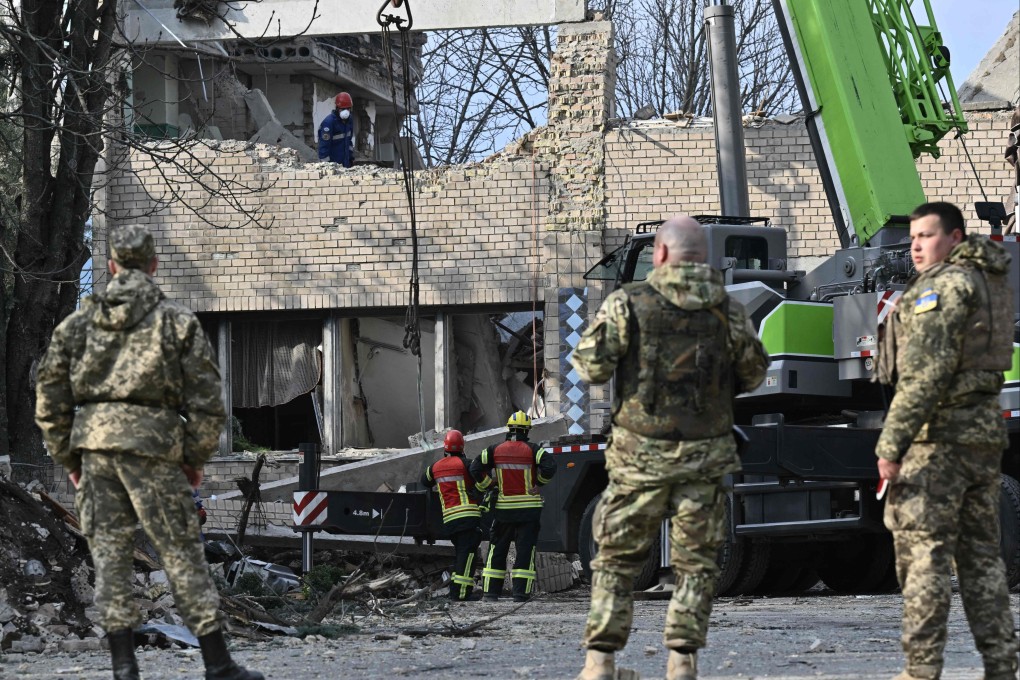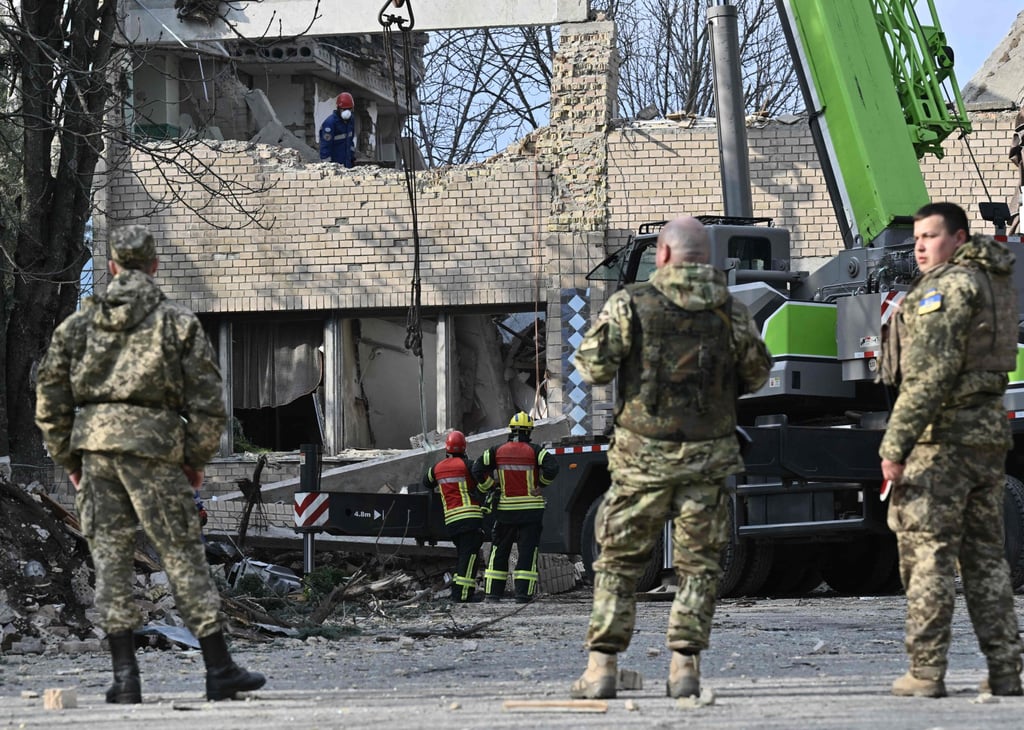My Take | A ceasefire may save Ukraine but wreck the US proxy war plan
- After Beijing’s Mideast diplomatic deal, the real ‘China threat’ is that it will be followed by a peace pact in Europe and a thaw with Taiwan

No, say Washington and Nato. But shouldn’t the combatants, whose children, husbands, sons and daughters are dying, decide what’s best for themselves, especially the Ukrainians?
The West spent a year calling on China to intervene on their behalf, and denounced it for not doing so. But why should China act like a junior partner of the United States when the latter has practically launched a new cold war against it?
Now that China has decided to intervene on its own initiative, Washington-Nato has dismissed its proposal out of hand. More vitriol must now be voiced to try to bury it quickly. That’s because Xi Jinping’s visit in Moscow has renewed the Chinese peace call.
It won’t do as it came from China. What if it works? What started off as an offhand dismissal by the US has become a policy imperative, especially after China’s success, seemingly out of the blue, in brokering a full diplomatic resumption between Iran and Saudi Arabia. China must only be seen as a deal-breaker, not a peacemaker; a pariah, never a mediator.

But Washington’s fear goes beyond optics and narratives; it’s to maintain its current, if unstated, goals against Russia and China. Its objection that a ceasefire will cement Russia’s territorial gains is disingenuous. Ceasefires and disengagement are the usual ingredients ahead of a peace settlement.
